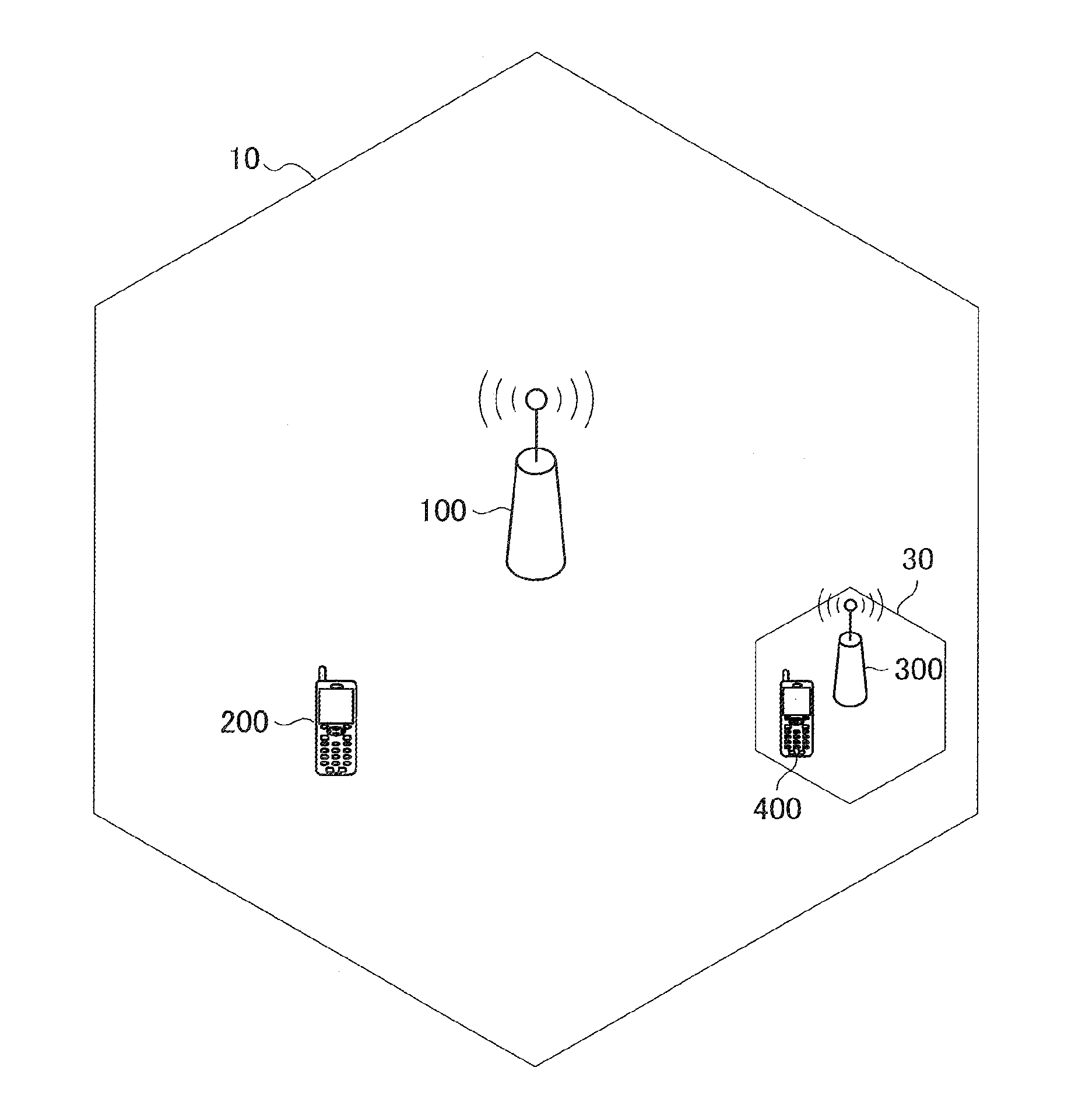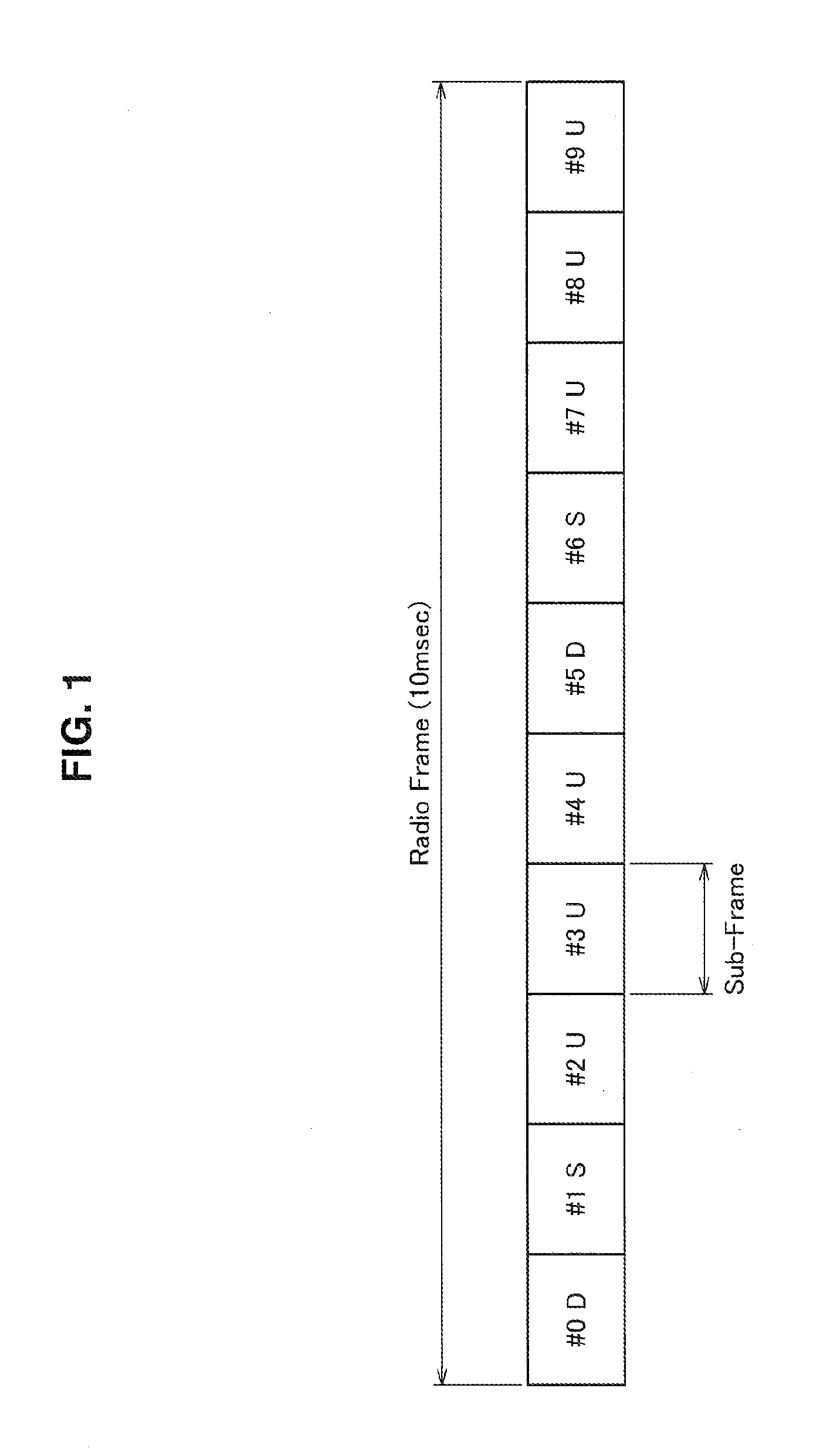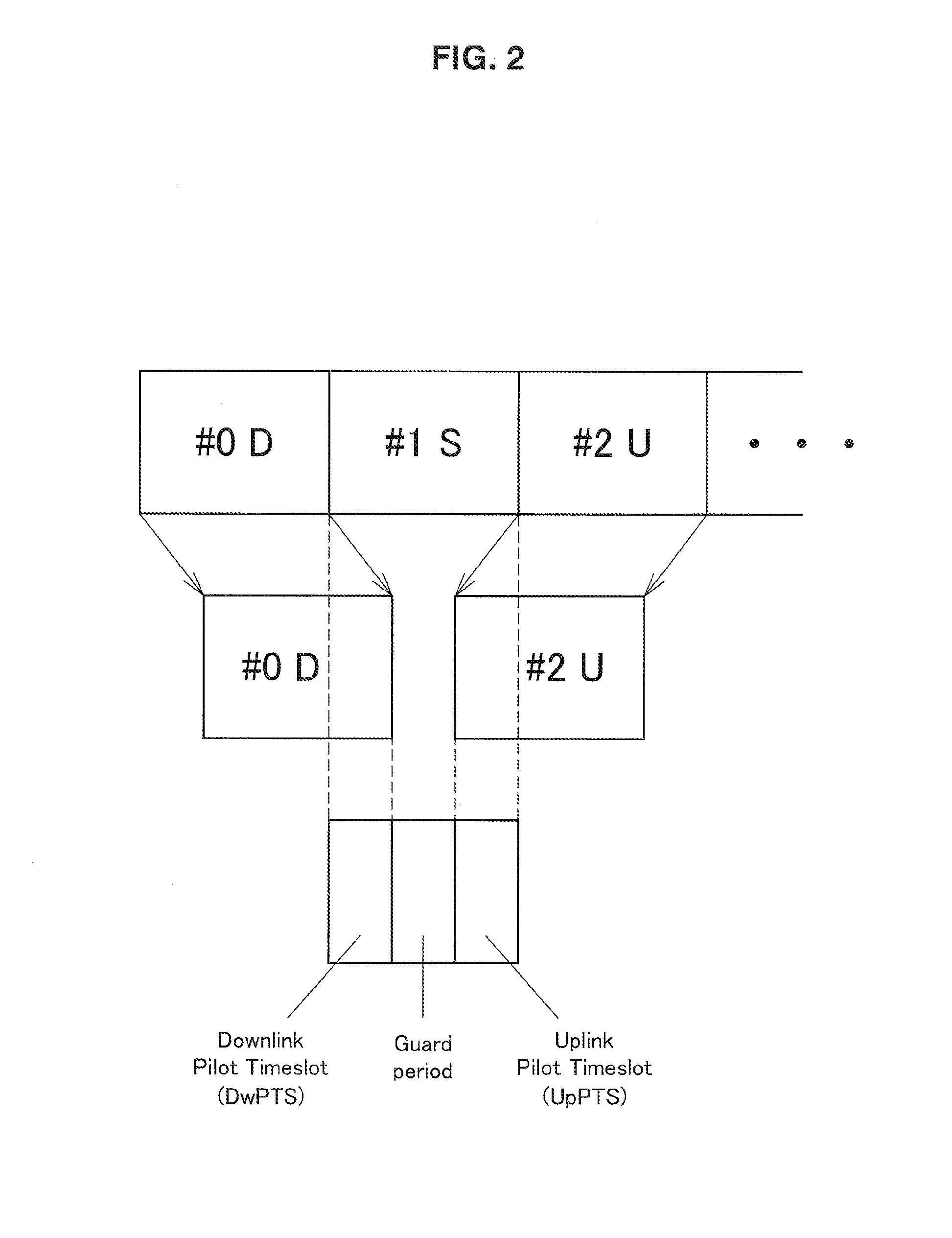Communication control device, communication control method and communication device
a communication control and communication control technology, applied in the field of communication control devices, communication control methods, communication devices, etc., can solve the problems that the development of cellular radio communication schemes has not yet satisfied all the needs of mobile users, and achieve the effect of efficient notification of communication resources and easy checking of communication resources
- Summary
- Abstract
- Description
- Claims
- Application Information
AI Technical Summary
Benefits of technology
Problems solved by technology
Method used
Image
Examples
first embodiment
3. First Embodiment
3.1. Overview
[0113]Next, a first embodiment of the present disclosure will be described. In the first embodiment, the primary system selects a subframe in which a frequency band is usable by the secondary system. Then, the primary system transmits the system information including identification information of the selected subframe. In other words, the primary system transmits identification information of a subframe in which a frequency band is usable by the secondary system as part of the system information.
[0114]In the LTE radio communication system, as a technique in which an eNodeB transmits control information, there are three types of techniques, that is, a first transmission technique of transmitting control information through the PDCCH, a second transmission technique of transmitting control information through RRC signaling of the PDSCH, and a third transmission technique of transmitting control information as part of the system information.
[0115]First, ...
second embodiment
4. Second Embodiment
4.1. Overview
[0220]Next, a second embodiment of the present disclosure will be described. When the primary system employs FDD, the communication resources of the downlink frequency band may be released. Further, when the primary system employs TDD, the communication resources of the downlink subframe may be released. In these cases, in the second embodiment, the frequency band is not used within the selected subframe by the secondary system that performs radio communication at the edge of the cell of the primary system. This point will be specifically described below with reference to FIG. 17.
[0221]FIG. 17 is an explanatory diagram for describing exemplary interference from the secondary system to the neighboring cell of the primary system. Referring to FIG. 17, eNodeBs 100a and 100b and UEs 200a, 200b, and 200c of a primary system are illustrated. Further, a home eNodeB 300 and a UE 400 of a secondary system are illustrated. The cell 10a of the eNodeB 100a neigh...
third embodiment
5. Third Embodiment
5.1. Overview
[0253]Next, a third embodiment of the present disclosure will be described. In the third embodiment, the primary system is a radio communication system of the TDD scheme. Further, the primary system selects an uplink subframe immediately before a downlink subframe preferentially over an uplink subframe immediately before an uplink subframe as a subframe in which the frequency band is usable by the secondary system.
[0254]Basically, subframes of TDD are arranged according to a downlink transmission timing and an uplink reception timing at an eNodeB side. Thus, practically, the UE receives a downlink signal later than a timing of a subframe, and transmits an uplink signal earlier than a timing of a subframe. This point will be specifically described below with reference to FIG. 23.
[0255]FIG. 23 is an explanatory diagram for describing examples of a downlink reception timing and an uplink transmission timing at the UE side in each TDD configuration. Refer...
PUM
 Login to View More
Login to View More Abstract
Description
Claims
Application Information
 Login to View More
Login to View More - R&D
- Intellectual Property
- Life Sciences
- Materials
- Tech Scout
- Unparalleled Data Quality
- Higher Quality Content
- 60% Fewer Hallucinations
Browse by: Latest US Patents, China's latest patents, Technical Efficacy Thesaurus, Application Domain, Technology Topic, Popular Technical Reports.
© 2025 PatSnap. All rights reserved.Legal|Privacy policy|Modern Slavery Act Transparency Statement|Sitemap|About US| Contact US: help@patsnap.com



